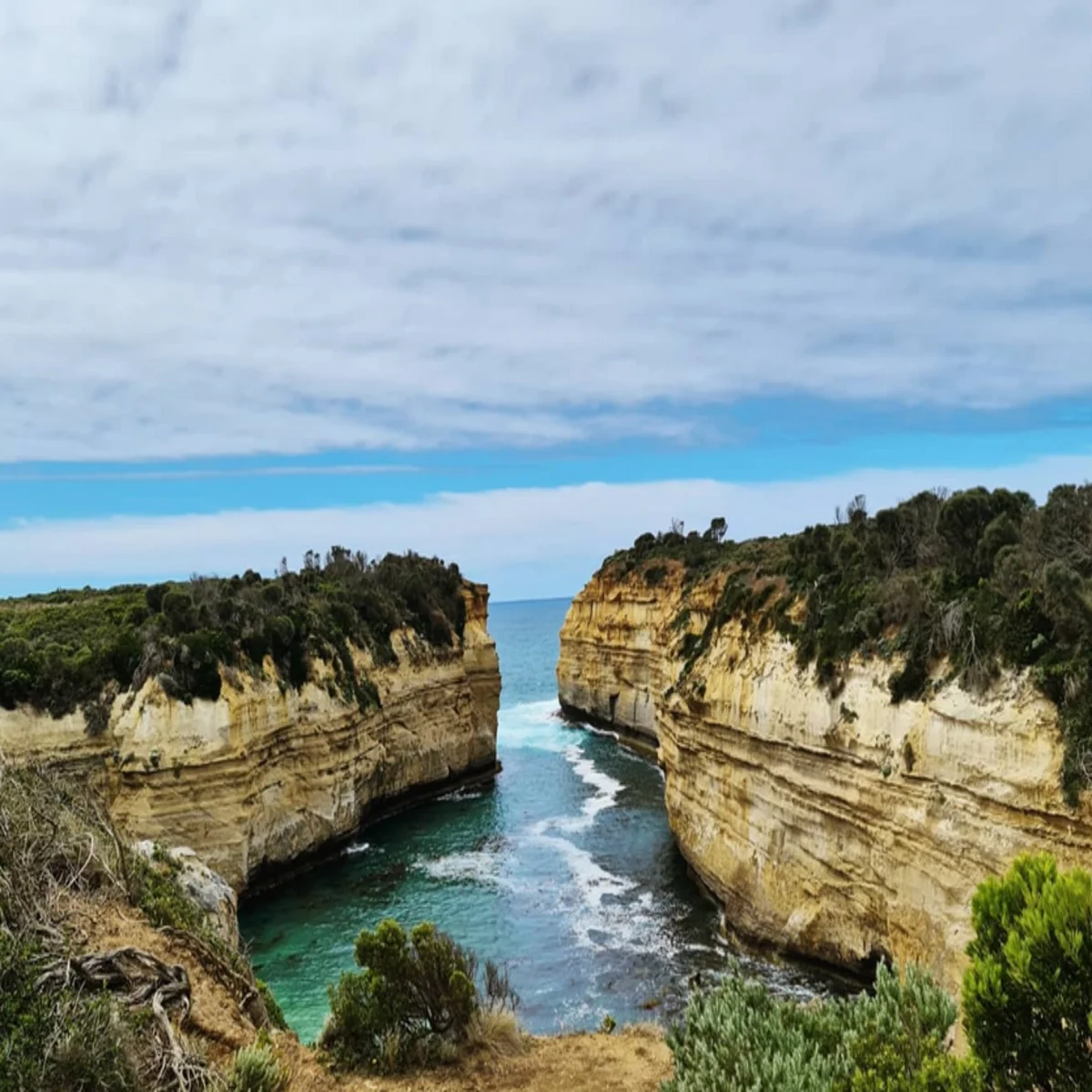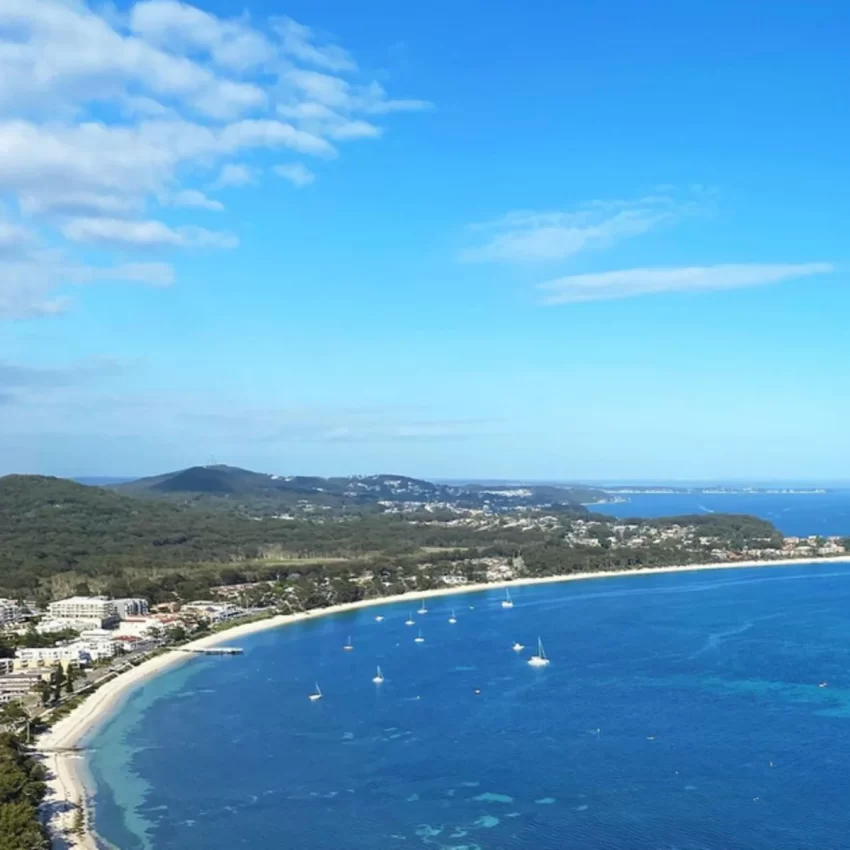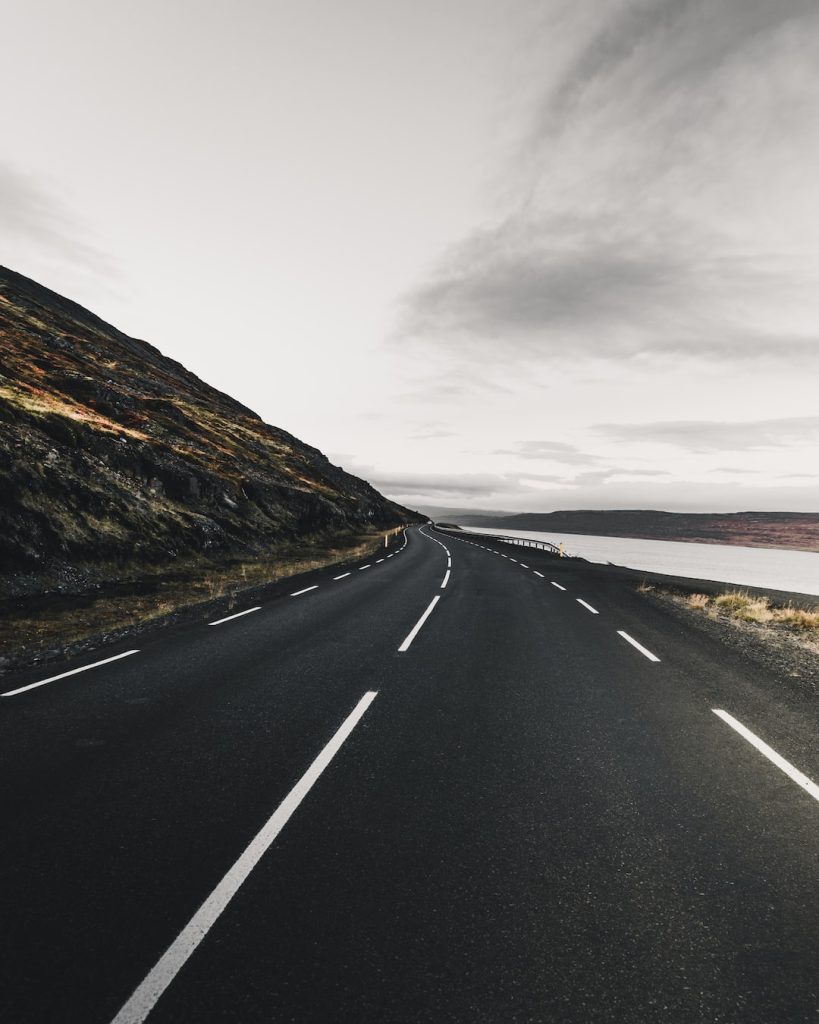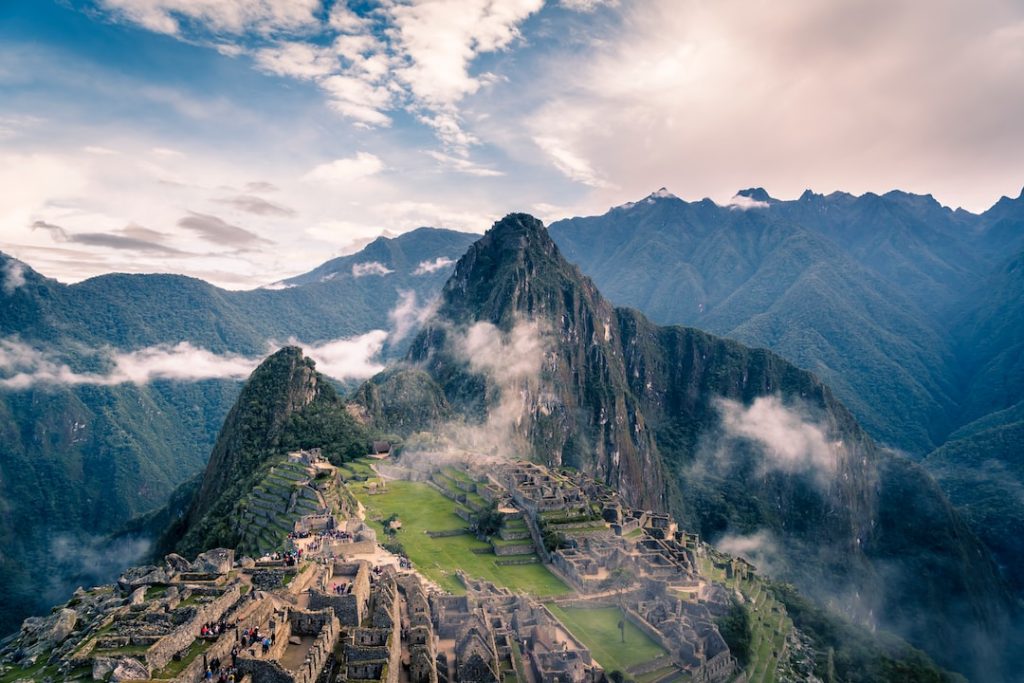The Shipwreck Coast is located along the Great Ocean Road in Australia, stretching from Moonlight Head to the fishing village of Port Fairy.
The Shipwreck Coast is on the Great Ocean Road
You’ll see some ripper sights, including Princetown, the grouse Twelve Apostles, Port Campbell, Peterborough, and Warrnambool. You can visit this attraction during the Great Ocean Road Day tour. Join in and enjoy the marvellous views and scenery.
This coast is chockers with about 700 shipwrecks beneath its waves, giving it a fascinating history. Despite the heaps of wrecks in these waters, only about 240 have been found. Some keen divers dive right in to check out Shipwreck Coast by having a stickybeak at some of the wrecks that are like a peek into history. Its rep as a dive spot has shot up over the years, though divers have got to keep their eyes peeled for the water conditions since some spots need ace weather and water to check out the wrecks safely.
Matthew Flinders once reckoned he’d never clapped eyes on a “more fearful section of coastline” – not a shocker, considering the Shipwreck Trail along the coast serves as a graveyard for ships done in by dodgy weather, human stuff-ups, or dodgy deeds.
The Most Infamous Shipwreck Fair Crack of the Whip, the Loch Ard’s wreck tale, is probably the most famous. It vanished off to Melbourne from England, getting caught in the fog along the coast. The skipper thought he was a fair way off from the Aussie mainland cliffs, but he was deadly close.
The massive vessel smashed into Mutton Bird Island on the 1st of June 1878, sending 52 of the 54 people on board to Davy Jones’ locker. The only ones to make it were Eva Carmichael and cabin boy Tom Pearce, who managed to bunker in a cave overnight before climbing the cliffs and finding help after the weather eased up.
The Most Famous Shipwreck
Fair crack of the whip, the Loch Ard’s wreck tale is probably the most famous. It vanished off to Melbourne from England, getting caught in the fog along the coast. The skipper thought he was a fair way off from the Aussie mainland cliffs, but he was deadly close.
The massive vessel smashed into Mutton Bird Island on the 1st of June 1878, sending 52 of the 54 people on board to Davy Jones’ locker. The only ones to make it were Eva Carmichael and cabin boy Tom Pearce, who managed to bunker in a cave overnight before climbing the cliffs and finding help after the weather eased up.
Wreck Beach Walk
This French barque ran aground in the dead of night in 1869. The lighthouse keeper’s nippers were gobsmacked when the crew rocked up at the lighthouse after three days without a bite or a sip. With the language barrier, the lighthouse keeper had to step in and put up these blokes for over a month till a boat could take them to Melbourne.
Which ships were wrecked along the coast?
Marie Gabrielle
In 1869, a French barque ran aground during the night, causing surprise and alarm to the lighthouse keeper’s children. The crew came across the lighthouse without food and water for three days. Due to a language barrier, the lighthouse keeper was called to assist and housed the crew for over a month until a boat arrived to transport them to Melbourne.
Newfield
In 1892, the Newfield ran aground on its way to Brisbane. The skipper of the barque got his wires crossed, thinking he was headed towards Cape Wickham but was actually on a collision course with Cape Otway. The ship hit the coast and was done for by massive swells, sending 9 29 souls to their maker that unlucky day.
What causes Shipwreck Coast to be considered dangerous?
Antarctic winds create large waves that crash against a jagged coastline. The rough cliffs and thick fog enveloping the area generate a navigator’s nightmare, especially when mixed with the relentless wind. Numerous shipwrecks were the unfortunate outcome of poor navigation by perplexed skippers who mistook their proximity to the land. For some vessels, disaster struck swiftly, dragging passengers and cargo into the deep sea’s abyss. Yet, for those quick to recognize their error, passengers and crew hastily evacuated. Often, rescuing the vessel was deemed too complicated and expensive an effort.

Activities to experience along Shipwreck Coast
- Descend the Gibson Steps, carved directly into the cliff face. At their base, you’re treated to a spectacular view of the Twelve Apostles at sea level, showcasing their imposing grandeur.
- Pop over to Timboon to taste the Schulz family’s organic cheeses. Their farmstead is renowned locally for its lush, homemade cheeses. With four generations of cheese craft behind them, you’re in for a rustic lunch surrounded by picturesque scenery, sampling fine cheese and wine along the way.
- Hit the links at Peterborough, where the golf course sits atop a cliff. This spot offers breathtaking views of the coast as you play.
- To get a feel for port life in the 19th century, visit Flagstaff Hill Maritime Village in Warrnambool. It features an engaging historical exhibit with information, documents, and photographs to immerse yourself in.
- Enjoy a tranquil walk through the state game reserve at Tower Hill, taking in the revitalizing ocean breeze. Inspired by a von Guerard painting, the reserve has been rejuvenated to its original splendour.
- Challenge yourself with the Great Ocean Road Walk, covering over 104 kilometres of trails from Apollo Bay to the 12 Apostles. It’s an excellent opportunity to experience the beach, bush, and nature in one go.
- Check out the Cape Otway Lighthouse, the oldest standing lighthouse on the Australian mainland, fondly known as the ‘Beacon of Hope’. It earned its moniker post-construction for its crucial role in guiding ships safely to land along the perilous Shipwreck Coast.



